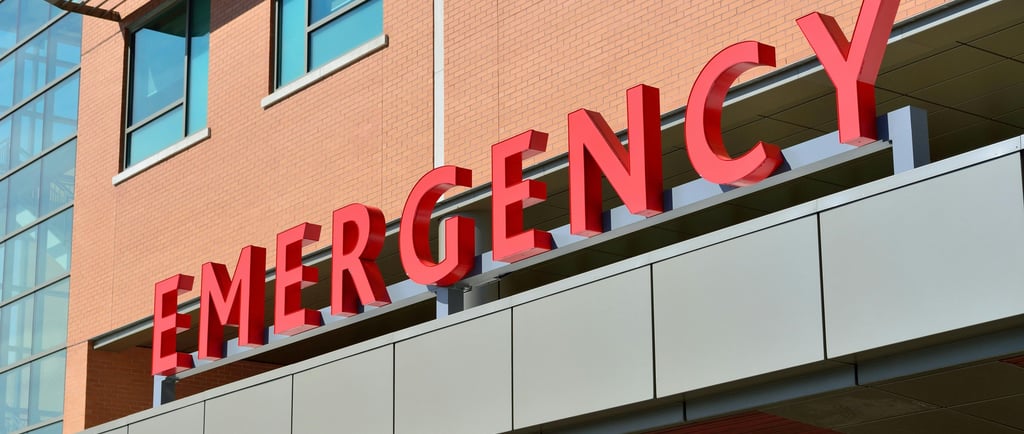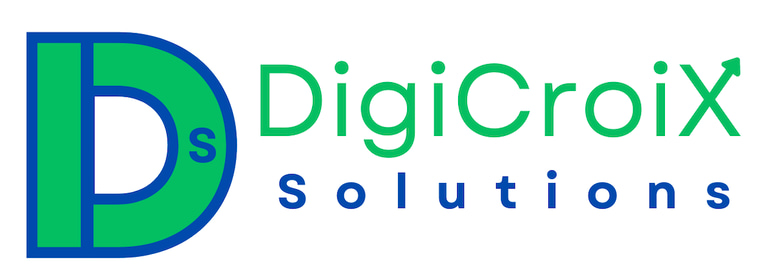Advertisement for Hospital: How to Create High-Impact Ad Campaigns That Attract More Patients
Discover the most effective advertisement for hospital strategies that boost patient flow and brand awareness. Learn how to craft compelling ads that convert and drive consistent appointments.
BUSINESS NEEDSCOMPREHENSIVE GUIDEPROFESSIONAL SERVICES
Vishwa Raval
2/26/20255 min read


Understanding the Target Audience
In the realm of hospital advertisement campaigns, comprehending the target audience is paramount. A well-defined audience allows for tailoring messages that resonate effectively, leading to increased patient engagement. Various demographic factors should be considered, including age, gender, income level, and specific health needs. For instance, younger demographics may respond better to digital marketing strategies, while older populations might be more receptive to traditional media such as television and print ads. Furthermore, gender differences can influence healthcare decisions and preferences, which necessitates distinct advertising approaches for male and female patients.
Income level significantly impacts healthcare access and preferences. Individuals with higher incomes may prioritize premium services and advanced technologies, while those in lower income brackets might focus on affordability and basic healthcare offerings. Understanding these nuances enables hospitals to position their services more effectively within the community, addressing the unique needs of varying income groups.
Psychographic factors, including values, beliefs, and lifestyle choices, also play an essential role in shaping the target audience’s healthcare decisions. For example, individuals with a strong emphasis on holistic health may appreciate advertisements promoting natural therapies and wellness programs. Conversely, others may prioritize medical advancements and technologies, which can be emphasized within the advertising discourse. This understanding of psychographics aids hospitals in creating messages that speak directly to patients' concerns, desires, and aspirations, thereby fostering a connection that encourages them to seek care.
Integrating demographic and psychographic insights into advertising campaigns significantly enhances their effectiveness. By developing targeted ads that reflect the unique characteristics and needs of potential patients, hospitals can deliver compelling messages that drive awareness, foster trust, and ultimately motivate individuals to choose their services for healthcare needs.
Crafting Compelling Messaging and Visuals
In the realm of hospital advertisement campaigns, the efficacy of messaging and visuals plays an essential role in engaging prospective patients. The use of clear and concise language is paramount; potential patients should easily comprehend the services offered and the unique benefits of choosing a particular hospital. Emotional appeals can significantly enhance the impact of the messaging. For instance, narratives that highlight patient success stories or heartwarming testimonials can foster a sense of trust and empathy, encouraging individuals to seek care at the facility.
Furthermore, credibility is reinforced through the integration of testimonials from previous patients. Providing real-life experiences resonates with prospective patients, establishing a genuine connection and enhancing the hospital's reputation through word-of-mouth. Displaying diverse testimonials across various platforms, whether in print or digital advertisements, can draw attention to a hospital's compassionate and professional care.
Moreover, the significance of high-quality images and videos cannot be overstated in creating a visually appealing advertisement. These elements should depict the hospital's care environment while showcasing the staff's professionalism and their dedication to patient welfare. A welcoming and warm atmosphere is crucial in conveying that patients will receive exceptional care. Additionally, video content can offer virtual tours of facilities or short introductions to medical professionals, further personalizing the experience for potential patients and alleviating any apprehensions.
A strong call-to-action (CTA) serves as a critical component of hospital advertisements. By employing direct, action-oriented statements, hospitals can provoke immediate responses from the target audience. Whether it encourages them to schedule an appointment or visit the hospital's website, a compelling CTA ensures that potential patients are directed to take the next step in their healthcare journey. Overall, crafting engaging messaging combined with striking visuals is fundamental in attracting and retaining patient interest in a competitive healthcare landscape.
Choosing the Right Advertising Channels
When it comes to creating effective hospital advertisements, selecting the right channels is crucial for maximizing reach and impact. Hospitals can utilize a variety of advertising channels, each presenting unique advantages and disadvantages. Traditional media, including television, radio, and print, has long been a cornerstone of advertising strategies. Television ads, for instance, allow hospitals to demonstrate services through powerful visuals and storytelling. However, this medium often comes with a higher cost and may not target specific demographics effectively.
On the other hand, radio remains an accessible platform, particularly for local advertising. It fosters a sense of community and can reach diverse audiences. Nevertheless, its auditory nature limits the ability to visually convey medical services, potentially hindering storytelling efforts. Print media, such as newspapers and brochures, provides a tangible method to disseminate information about services but may face declining readership, making it less appealing in the digital age.
Conversely, digital platforms have transformed the advertising landscape for hospitals. Social media channels, including Facebook, Instagram, and Twitter, afford hospitals an opportunity to engage with patients, share educational content, and showcase community involvement. These platforms allow for highly targeted advertising, enabling hospitals to reach specific demographics based on interests and behavior. Google Ads can also enhance visibility when potential patients conduct health-related searches, although competition can drive costs up.
Email campaigns present yet another valuable digital tool. Hospitals can maintain communication with existing patients, sending targeted information about new services or upcoming events. Integrating both traditional and digital channels often yields the best results. A comprehensive advertising strategy can combine the broad reach of traditional media with the precision and engagement of digital platforms, ensuring that hospitals effectively connect with their target audience.
Measuring Effectiveness and Continuous Improvement
To ensure that hospital advertisement campaigns are effective in attracting more patients, it is essential to implement a robust system for measuring their performance. This involves analyzing various key metrics such as patient inquiries, appointment bookings, and overall brand awareness. By effectively tracking these indicators, hospitals can gain invaluable insights into the effectiveness of their marketing strategies and make informed decisions on future campaigns.
Utilizing tools such as Google Analytics, social media monitoring platforms, and patient relationship management software can aid hospitals in gathering and analyzing data. These tools can track online engagement, assess the impact of specific advertisements on patient behaviors, and even measure shifts in brand recognition. Moreover, feedback from current and prospective patients can be collected through surveys or interviews, providing qualitative data that complements quantitative metrics. This feedback is crucial as it can reveal patient preferences, pain points, and obstacles they face when seeking care.
Once data is collected, it is important to analyze it systematically to identify successful elements of the advertisement campaigns as well as areas that may require improvements. For example, if a particular ad generates a high number of inquiries but low appointment conversions, this discrepancy can highlight the necessity for refining the messaging or call-to-action elements. Such analysis promotes a culture of continuous improvement, where campaigns are regularly updated based on real-world performance indicators.
Furthermore, adaptability plays a significant role in maintaining the effectiveness of hospital marketing initiatives. The healthcare landscape is continuously evolving, and patient needs change over time. By being open to making adjustments, hospitals can ensure that their campaigns remain relevant and engaging. Emphasizing the importance of measuring the effectiveness of hospital ad campaigns is essential for fostering long-term success and increasing patient enrollment.
Get in Touch
Book your free consultation today and let's create a strategy to elevate your success!


Address
94 Shree Nagar Apartment, Sola Road, Naranpura, Ahmedabad, Gujarat, India 380063
6706 Fulton Avenue, Burnaby, BC, Canada V5E 3H1
Phone
+91 88497 12474
Quick Links
© 2025. All rights reserved.
